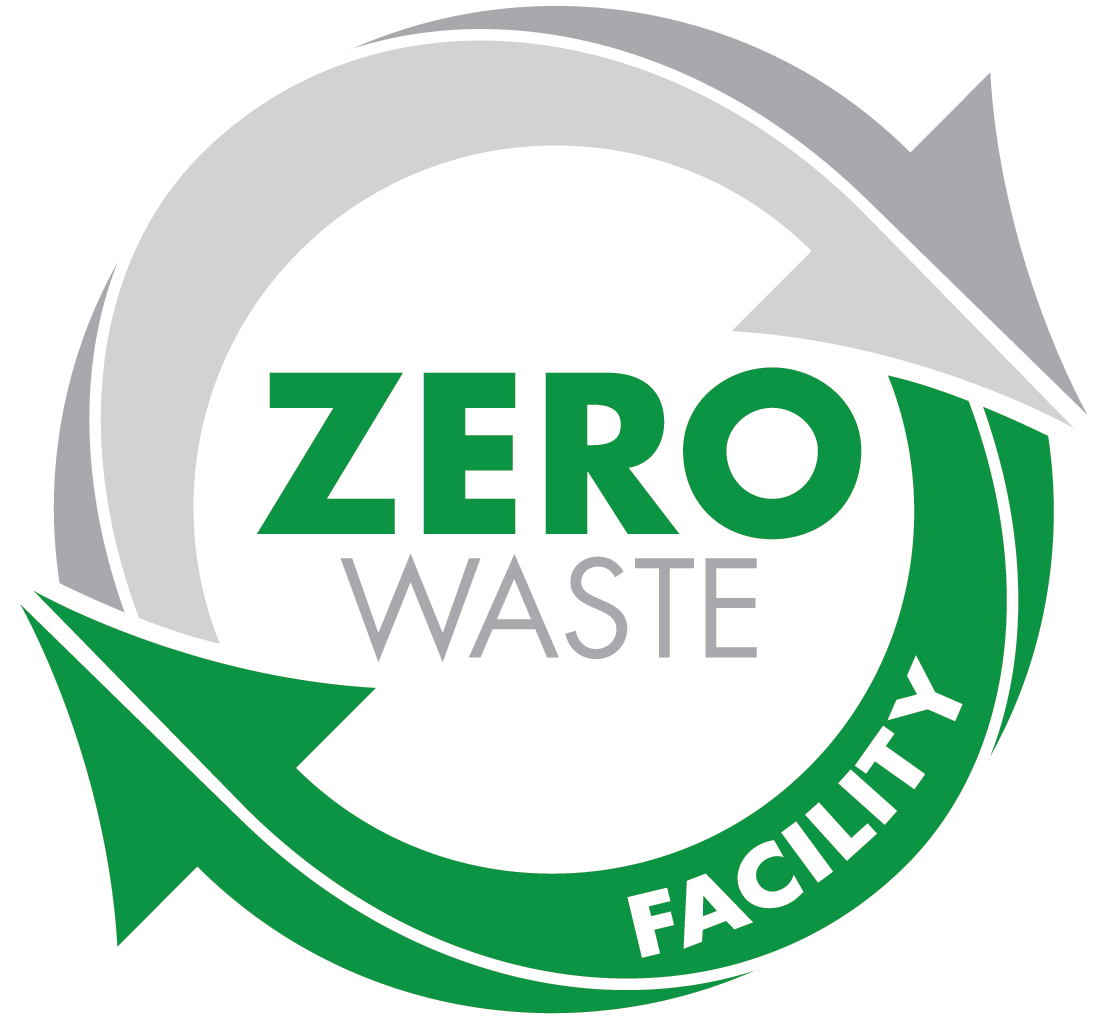Blog
There are three broad classes of circuit boards in use today. With each board type having pros and cons, it is always important to understand the mechanics behind a given technique used by a circuit board assembler. There are many options for circuit board assembly in Toronto and the GTA—the choosing process can be arduous as the advantages and limitations must be evaluated. To save our clientele valuable time, we have summarized the 3 most popular circuit board varieties below.
Types of circuit boards:
- Breadboard. This is a temporary board primarily deployed in testing and trying out ideas. As a result, the components used on the board are not soldered, making them reusable. Being a temporary pre-assembly board, the position of the components can change until it works as intended, and only then can soldering be done by the circuit board assembler.
- Strip board. This is a more advanced board than the breadboard. Strip boards have copper strips on one side of the board flowing parallel to one another. With the copper strips lying parallel to one another, cross-directional interconnection of the various components is both easy and possible. The circuit board assembler can then complete soldering the components onto the strip board.
- Printed circuit board. A printed circuit board is the most advanced board, and consists of copper tracks linking the holes and the components placed on them. Specialist equipment is typically required in preparing the board. Designed to meet the needs of a given circuit, the printed circuit board has the location for each component meticulously labelled.
At Permatech, we are a reputable circuit board assembler specializing in the production of advanced circuit boards for all classes, with a focus on printed circuit boards. We have a team of engineering specialists working on every project as to ensure that it meets and exceeds the various assembly requirements and standards.






